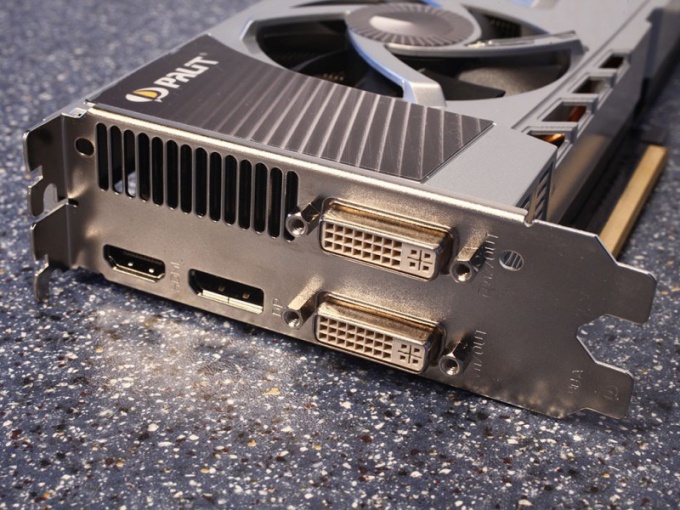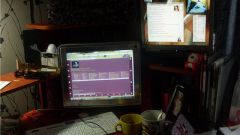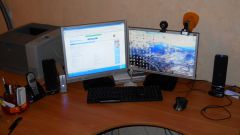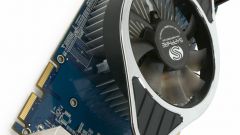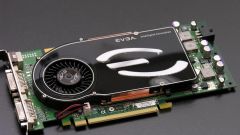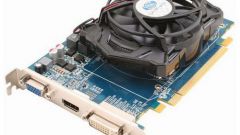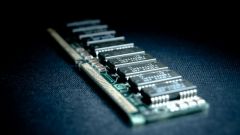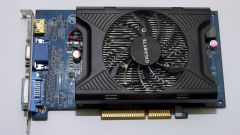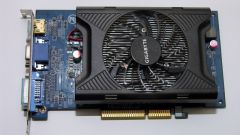You will need
- - two graphics cards.
Instruction
1
Pick up a set of adapters that you will use. In most cases you can do an integrated graphics card and discrete graphics card. If your motherboard lacks a built-in video card, then use two full video card. In this case it is better to purchase the identical model video cards, but you can use devices from different companies.
2
Connect both video cards to the motherboard and turn on the computer. Install the software needed to configure both adapters. Of course, if you are using different graphics cards, install two sets of drivers, each of which will provide stable work of a particular adapter.
3
Connect the graphics card to external displays. If you are using a TV or TFT panel, it is better to connect them through the channels, transmitting a digital signal, e.g. HDMI and DVI-D. Even if the adapters are present three bands, it is better to use a pair of 2+2 and not 3+1. This will allow more or less evenly distribute the load between the graphics cards.
4
Open the settings of the TVs, if you use these devices. Specify as the primary video source the required ports (through which you made the connection). Turn on the computer and after loading the operating system, go to "Connecting to an external display". If the top of the window display not all new screens, then click "Find".
5
Configure the settings for joint work the desired displays. First select the primary device and activate the relevant function. Now select the graphics image of the other three displays and activate the option "Extend these displays". Remember that when you use graphics cards from different companies can cause problems with compatibility of drivers.
